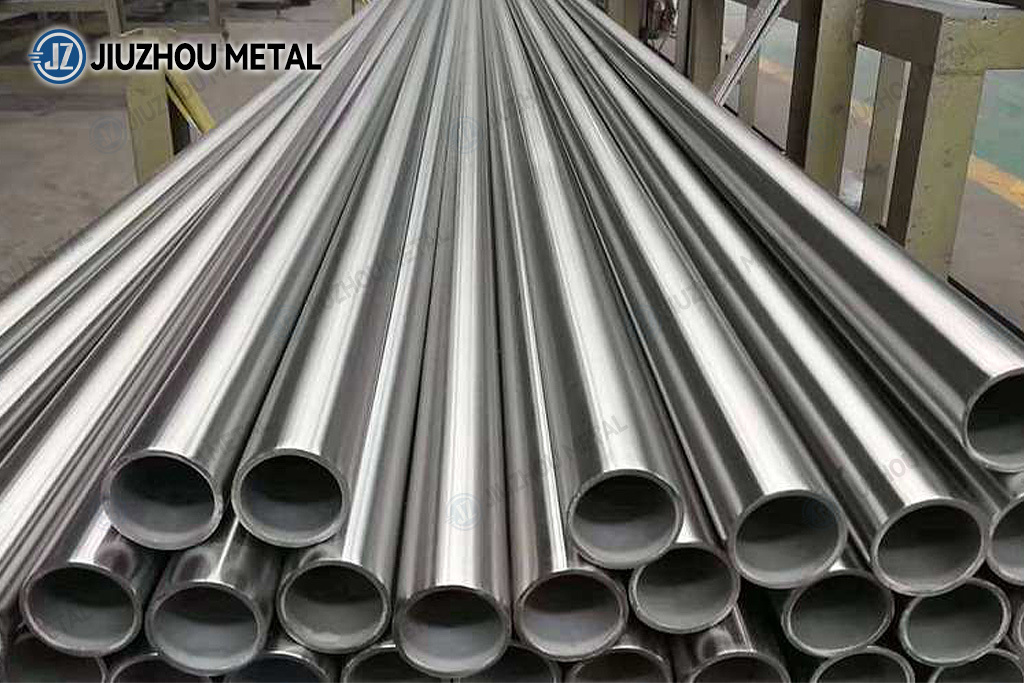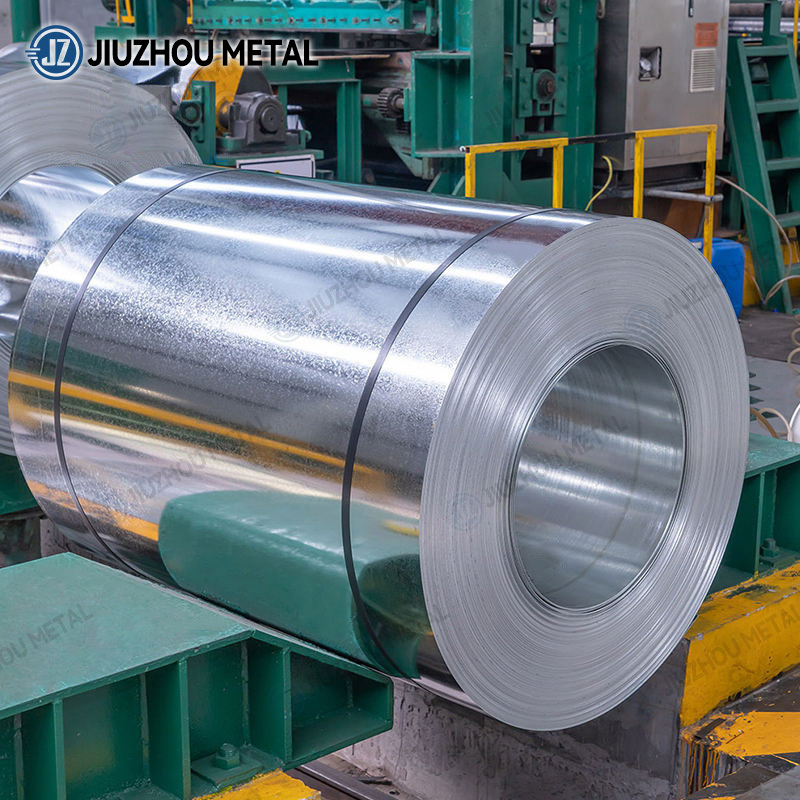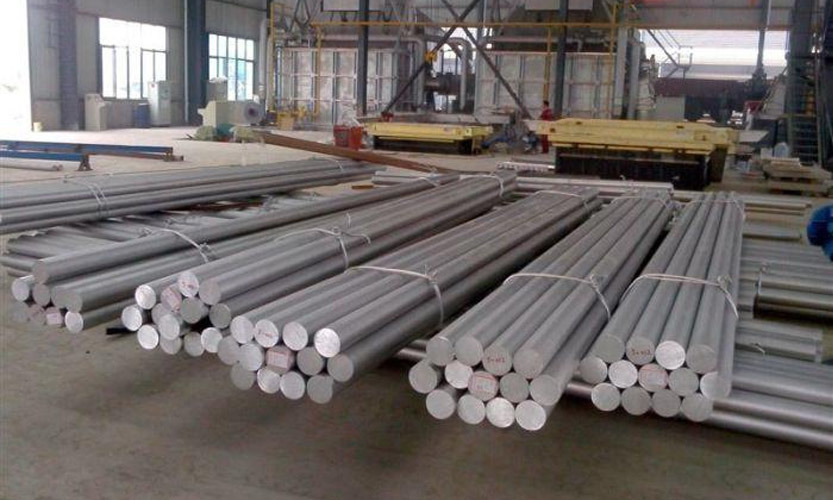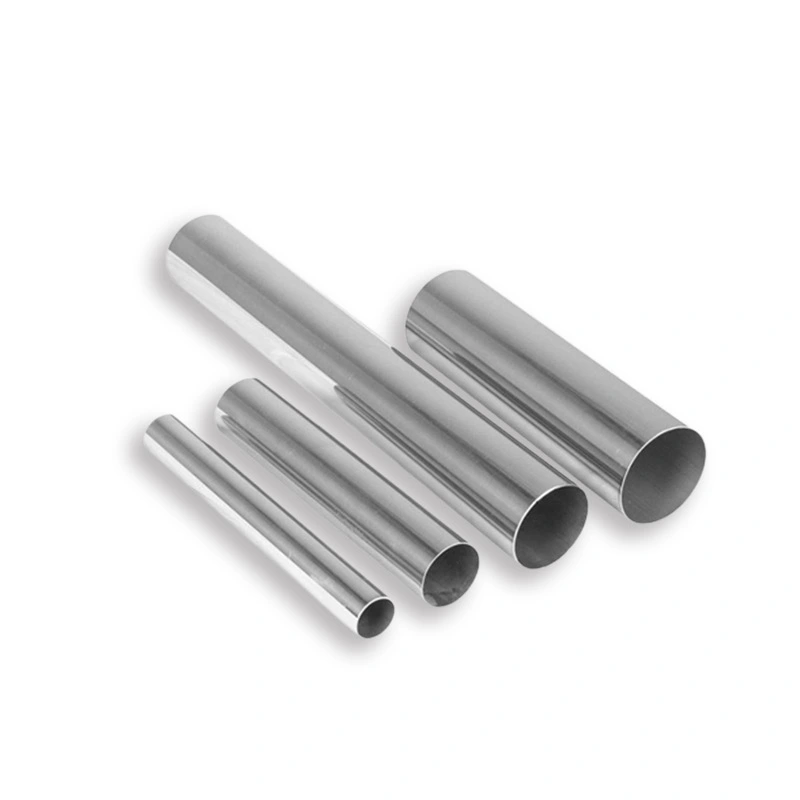Steel Pipe: The Backbone of Modern Infrastructure
Release time:
2025-06-11 00:23
Understanding Steel Pipe
Ah, the humble Steel Pipe! When you think of modern infrastructure, what comes to mind? Roads, bridges, buildings? You bet! But behind the scenes, steel pipes are the unsung heroes, playing a pivotal role in various industries.
A Glimpse into the Industry
Let’s dive right in! The steel pipe industry is a colossal sector that supports everything from oil and gas transportation to construction. It’s like the lifeblood of many industries. Without it, well, we’d be in a bit of a pickle!
Transportation of Resources
First off, let’s talk about the transportation of resources. Picture this: vast networks of steel pipes snaking their way across landscapes, carrying precious oil and gas from remote fields to urban centers. These pipes are engineered to withstand high pressure and harsh conditions. Talk about a tough job!
Construction: The Framework
Moreover, steel pipes are indispensable in construction. They’re not just for plumbing; they’re used as structural supports and in scaffolding. Did you know that many skyscrapers wouldn’t even reach for the clouds without them? It’s true! The strength of steel pipes allows for the architectural wonders of today.
Durability and Versatility
Let’s not forget their durability. Steel pipes are tough cookies! Resistant to corrosion and wear, they stand the test of time. They can be molded and shaped for various applications, which makes them a favorite among engineers and builders alike. Need a pipe for a water system? A gas line? No problem! Steel pipes have got you covered.
Innovative Applications
Now, here’s where it gets interesting. In recent years, the applications for steel pipes have expanded dramatically. For instance, they are increasingly used in renewable energy sectors, like wind and solar farms. Can you imagine those towering wind turbines without steel pipes? Neither can we!
Environmental Considerations
Speaking of renewable energy, the steel pipe industry is also taking strides toward sustainability. Many manufacturers are looking at ways to reduce their carbon footprint, recycling scrap metal, and using eco-friendly practices. It’s a win-win situation!
Real-World Case Studies
Now, let’s take a look at some real-world case studies that showcase the versatility of steel pipes. Take the case of the Keystone Pipeline in North America. This extensive pipeline system transports synthetic crude oil and diluted bitumen (“dilbit”) from Canada to various destinations in the U.S. The steel pipes used here are designed for high pressure and are a critical component of the energy supply chain.
Another Example: Urban Infrastructure
Another notable example is the use of steel pipes in urban water systems. In cities like New York, steel pipes are key players in delivering clean water to millions of residents. It’s a complex system that involves careful planning and execution. Without steel pipes, well, let’s just say you wouldn’t want to be waiting in line for a drink!
The Future of Steel Pipe
Looking ahead, the future of the steel pipe industry seems bright. With advancements in technology, we’re likely to see even more innovative applications. Smart pipes equipped with sensors are on the rise, helping to monitor conditions and prevent leaks. How cool is that?
Wrapping It Up
In conclusion, steel pipes may not be the flashiest topic, but they are undeniably essential. From energy transportation to urban infrastructure, they play a vital role in our daily lives. So next time you see a steel pipe, give it a nod of appreciation—it’s doing more than you might think!
Previous article









